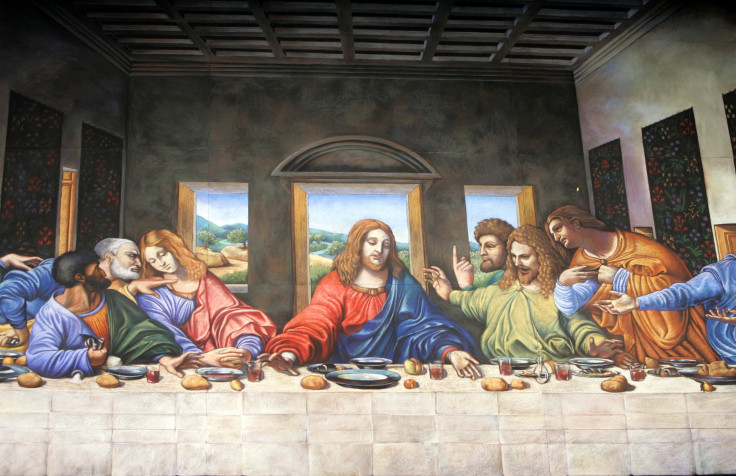Passover, Good Friday 2015: Historical Links Highlighted As Christian, Jewish Holidays Fall On Same Day

While the Christian Holy Week and Passover usually fall near each other, it is not often that Good Friday and the first night of the eight-day Jewish festival are celebrated on the same day. The rare convergence of the observances is a reminder of the historical links between the two religious holidays.
Passover, which celebrates the Israelites’ Exodus from slavery in Egypt, also played a role in the Christian narrative of Jesus’ last days. Like many Jews of his time, Jesus participated in the annual Passover pilgrimage to Jerusalem. It was while he celebrated the festival that, according to biblical accounts, Jesus was arrested by Roman soldiers; Good Friday is the Christian holy day marking his crucifixion and death.
Indeed, Jesus’ Last Supper is traditionally thought to have been what is now celebrated as the Passover Seder, the ritual feast that commemorates Moses’ liberation of the Israelites. The celebration of the Passover Seder this year will nearly align with the timing of the Last Supper, which took place the night before Good Friday.
Despite Christianity’s roots in Judaism, and indeed Jesus’ own Jewish background, over subsequent centuries the overlap between the two holy seasons became increasingly fraught. The church’s charge against Jews as a group with the crime of deicide, a result of the long-held belief that Jesus’ Jewish contemporaries were responsible for his death, inflamed animosity toward Jews. The promotion of the idea of Jews as “Christ killers” had lethal consequences over the centuries.
This was compounded in the Middle Ages, with the rise of the “blood libel” charge, which accused Jews of using Christian blood in their Passover rituals. In 1171, the Jewish community of the French city of Blois was collectively sentenced to burn to death after being accused of crucifying a Christian child for Passover. The popularity of the myth in Europe saw Jewish communities across the continent targeted for violence, making the Passover observance a particularly tense time. These incidents of violence around Passover continued into the 20th century, most notably with the Kishinev Pogrom of 1903, when 49 people were killed in the Russian-controlled city on the last day of the Jewish holiday.
However, the Second Vatican Council of 1965, which declared that Jews were not responsible for Jesus’ crucifixion, helped to change the relationship between Jews and Christians in the second half of the century. The Catholic Church’s official decree condemning “hatred, persecutions, displays of anti-Semitism, directed against Jews at any time and by anyone” at least formally changed the largest Christian denomination’s institutional stance on the subject.
Despite this often tumultuous history, the convergence of both holiday seasons has made them a time of shared celebration in the U.S. Some have even taken advantage of Good Friday and the first night of Passover coinciding this year to plan gatherings that emphasize the common ground and shared heritage of the two religious traditions.
© Copyright IBTimes 2025. All rights reserved.






















